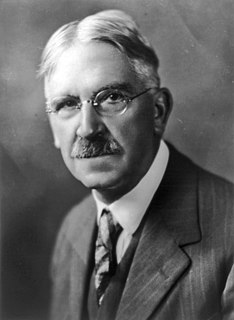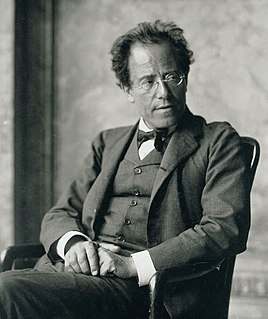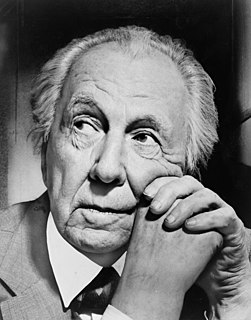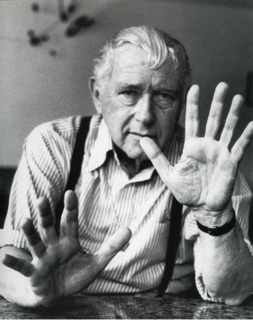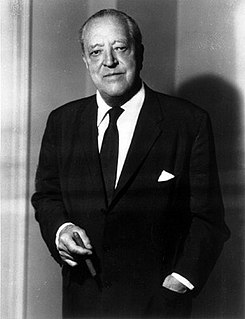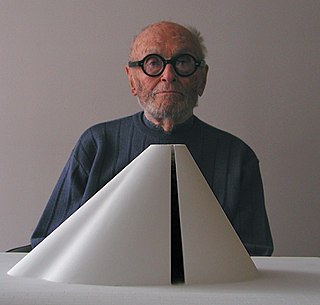A Quote by Augustus Welby Northmore Pugin
In pure architecture the smallest detail should have a meaning or serve a purpose.
Quote Topics
Related Quotes
Opportunism towards knowledge is a utilitarian demand that knowledge must be immediately practical. Just like with sociology where we hope its purpose is to serve society, however, the true purpose of sociology lies in its impracticality. It cannot become practical or else it loses its meaning. Perhaps we should learn a different kind of knowledge: the knowledge to question knowledge.
Vitruvius, the great writer, architect and engineer, identified in his famous treatise on Architecture that the three values essential to any work of Architecture were: firmitas, utilitas, and venustas; or firmness, utility, and delight. Firmness meaning well built, solid and resistant; utility meaning useful and functional, and delight meaning beautiful.
Does an architecture to assuage the spirit have a place in all this? Unfortunately we are no longer the interpreters of our culture's myths but the followers of that dubious client, the developer, who has little patience with the art of architecture, the fine detail and obscure promise, which can upset his financial activity.
Architecture is art. I don't think you should say that too much, but it is art. I mean, architecture is many, many things. Architecture is science, is technology, is geography, is typography, is anthropology, is sociology, is art, is history. You know all this comes together. Architecture is a kind of bouillabaisse, an incredible bouillabaisse. And, by the way, architecture is also a very polluted art in the sense that it's polluted by life, and by the complexity of things.



